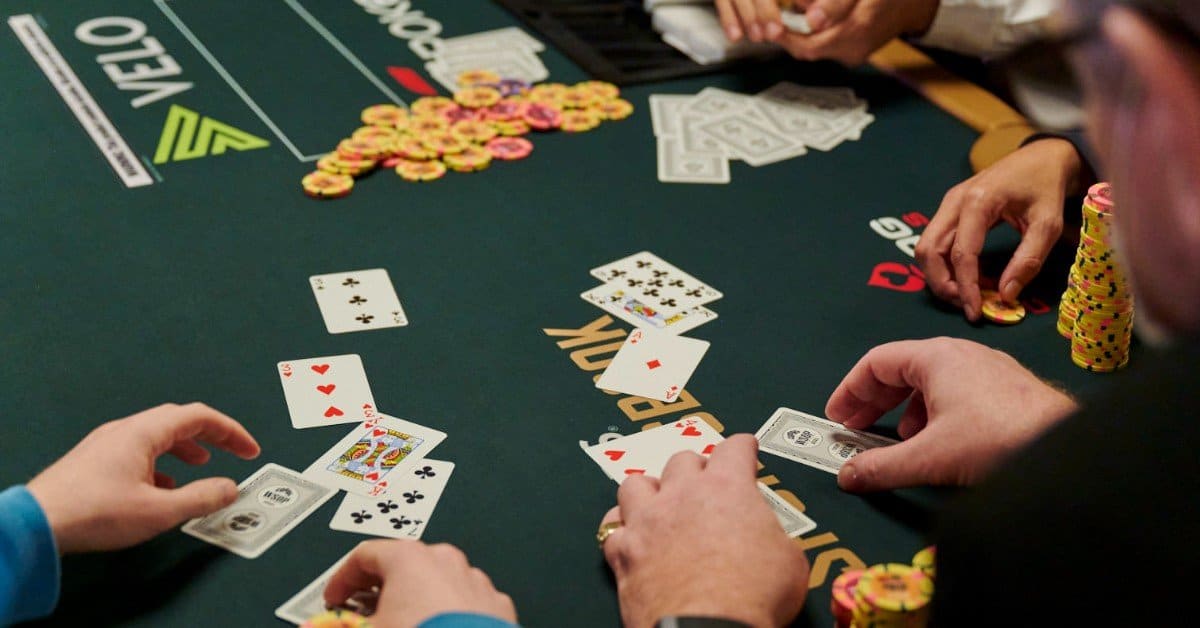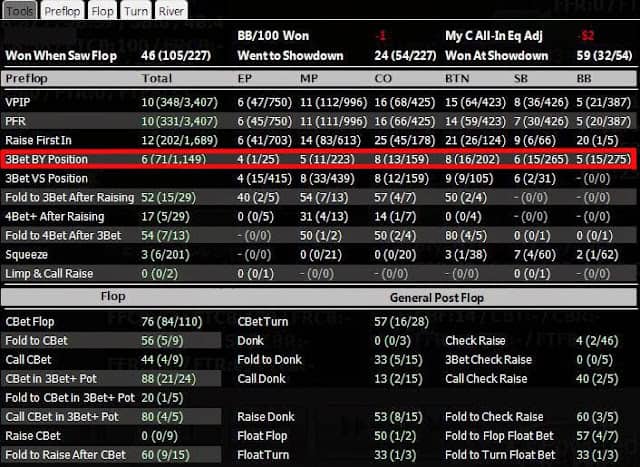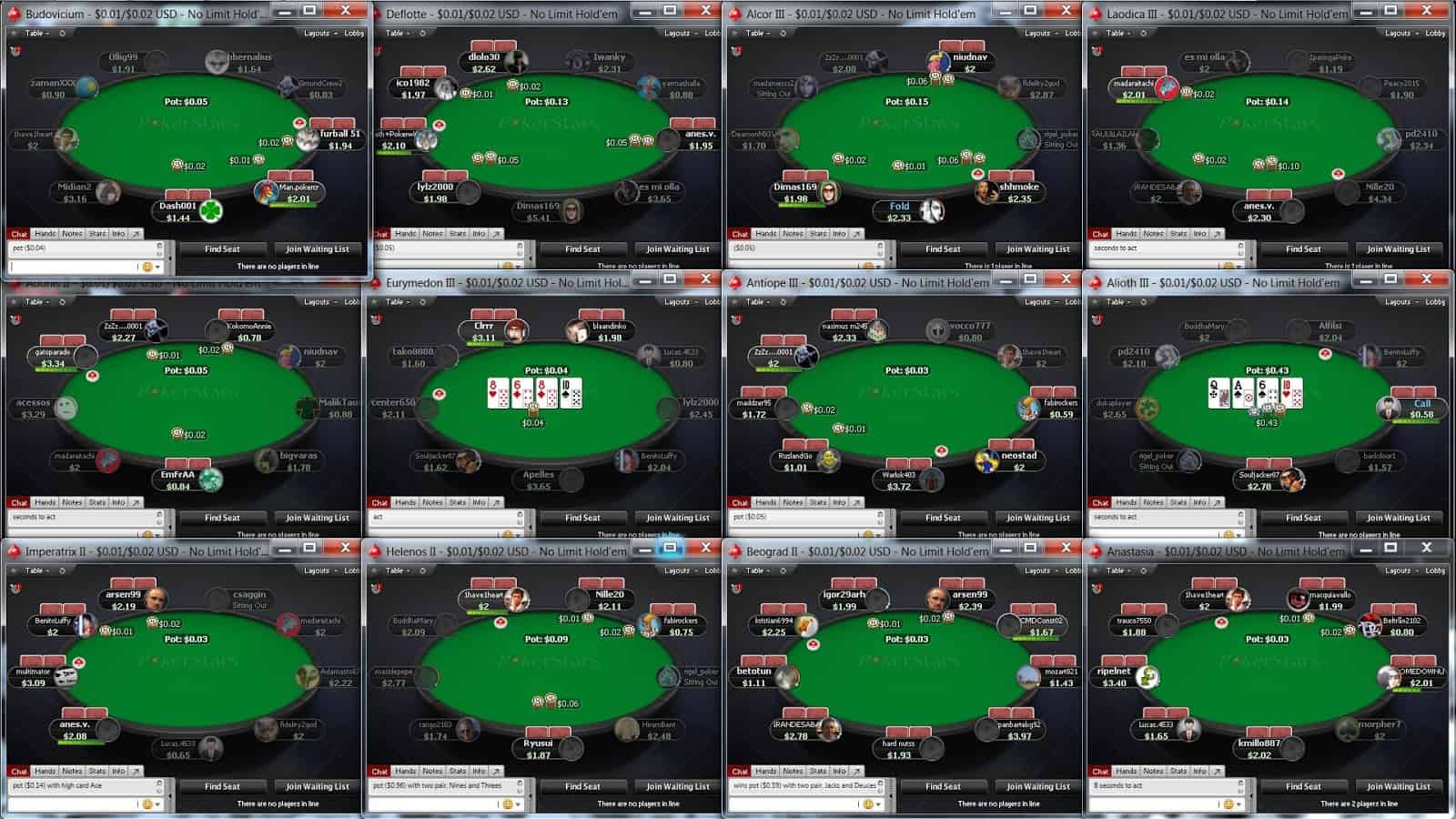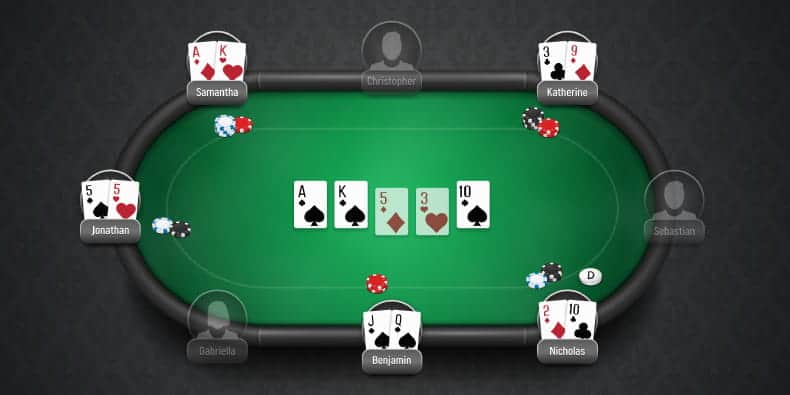
Maximize Profit with Smart Table Selection in Online Poker
In the world of online poker, every decision counts. From choosing which hands to play to making precise bets, each choice influences your win rate. However, one of the most crucial decisions, often overlooked by even seasoned players, is table selection. This is the cornerstone of profitable online poker. No matter how refined your strategy, if you’re not selecting the right tables, you’re leaving money on the virtual felt.
Unlike live poker that relied a lot on physical tells and body language, online poker relies on data, trends, and on understanding opponents in a very technical yet effective way. The concept remains the same, though: in order to maximize your edge and be able to win over and over again, you have to choose the right games. Let’s delve deeper into detail and see precisely how you can find the best online tables and increase your profits.
Why Table Selection is so important in Online Poker
Online poker is faster, more structural, often more volatile than its live counterpart, and highly scalable-meaning one can easily play more than one table at a time. At the heart of profitability with online poker, though, there’s just one basic piece of info: Your win rate is based on the gap in skill between you and your opponents.
Picking the right table is your first, and best, chance to choose to play against weak players-often referred to as “fish”-and to avoid a lot of battles with more solid regulars or “regs”. You can play more tables online faster and you have tracking software to help you, but only if you know how to exploit such opportunities.
Key Factors to Consider When Choosing an Online Poker Table
But while many just click on the first available seat at any table, maximizing your edge means being more discerning. Let’s break down some of the most important things you’ll want to look for in your quest for the perfect table.

- Player Stats: Identifying Fish and Avoiding Regulars
Online poker brings to your table a lot of available data concerning your opponents, and that is where the pros make the big difference. If you are serious with your online poker game, then you probably use HUDs: Heads-Up Displays. They will give real-time statistics on the tendencies of your opponents. Programs like PokerTracker or Hold’em Manager let you build on player behavior over time and give you an evident edge in table selection.
- VPIP (Voluntarily Put Money in Pot): Probably the most important stat in identifying the weaker players. A high VPIP usually greater than 30%, means this player is getting into too many pots with marginal hands and hence very mistake-prone. These will be the players you want to target.
- PFR (Preflop Raise): The big gap between VPIP and PFR-most definitely will raise the flag to weak players. Actually, as what it was in one example, if he has the VPIP at 35% and his PFR is 5%, he is limping instead of raising-meaning he is too passive, one of the characteristic of weak players.
- Aggression Factor (AF): The frequency at which the player bets or raises instead of calling. A player with a low AF is passive and thus becomes easy to exploit post-flop; a player with a very high AF can tend towards being too aggressive and may fall into a potential trap.
- Session Length and Multi-Tabling: other than session length multi-table players tend to be either experience grinders or regulars: if you notice a player sitting at six or more tables, then there’s a good chance he’ll be playing a tight, solid strategy – you may want to look for a more recreational table.
- Table Stats: Using Site Data to Your Advantage

Most online poker rooms have some very basic table information before you actually sit down at it. The statistics-though possibly too often overlooked-have proved to be absolute goldmines of information to help inform you on table selection.
- Players per Flop Percentage: Probably the single most important statistic available through online poker sites. A high percentage-in other words, anything above 35%-means more people are seeing the flop and tends to reflect looser, more careless play as well. These are where you will find the best tables to maximize the value with your strong hands because you will get more weak opponents.
- Average Pot Size: The bigger it is, the more aggressive or loose the table. This might be an excellent opportunity to get huge wins, but at the same time, this might be a variance trap when you are out of your league in all the craziness. Apply this in conjunction with the VPIP stat when hunting for those loose tables of opponents that make costly mistakes.
- Hands Per Hour: Obviously faster tables will allow more hands per hour. That just simply means more good opportunities to take advantage of the weak players. If you like to play at a slower pace or require more time thinking about your decisions, avoid ultra-fast tables.
- Seat Selection: Maximize Your Edge

Having found a profitable table is of course only half of the battle – at this point you still have to choose your seat. Having the position on key players at the table is very important in online poker.
- Sit to the Left of Aggressive Players: That would mean you sit to the left of your more aggressive opponents and thus are well-placed to react to their raises and re-raises in a far superior way to either defend your hands or exploit their mistakes. You will have the inbuilt advantage of having position on a hyper-aggressive player, controlling the pot size much more.
- Sit to the Right of Passive/Fish Players: Whenever you encounter a very weak player with a high VPIP and a low PFR, try sitting to his right. That will allow you to isolate him more often-by raising when he limps-and to end up playing pots with a really strong positional advantage.
- Avoid Tough Opponents: Where possible, try not to sit to the direct left of a good player or regular. You will always be out of position against any good player. Naturally, that by definition allows skilled players to easily control the action and put you in difficult spots.
- Game Type: Cash Games, Tournaments, or Sit & Gos?
Your approach to table selection will vary depending on whether you’re playing cash games, tournaments, or Sit & Go’s.
- Cash Games: You want to maximize your profit per hand over time in cash games. The selection of the table is important since you are free to leave any bad table anytime. Your main goal is to select tables with weak players, and if the conditions are not met, then table hopping is the answer.
- Tournaments: One does not have any choice over table selection once one has registered for a tournament. The only scope of adjustment in such cases may be early observation. Observe the apparent mistakes of a player in the early game and build up your stack by attacking that particular player. Once a table becomes tough in a tournament, it is time for survival; switch to an average style of playing.
- Sit & Go’s: In Sit & Go’s you’ll be dealing with smaller fields, but table selection somewhat does remain in terms of deciding what buy-ins to go after. If you’re more skilled than the on-average player in a given buy-in level, you just keep outplaying those guys. You’re probably going to jump into way tougher competition and reduce your edge by moving up the stakes prematurely.
Dynamic Table Selection: Do not be Afraid to Table Hop

One of the worst things any online poker player can do is sit at a bad table for too long. Fortunately, online poker allows players to leave any time. If a table dries up or when new and stronger players enter, do not be afraid to get up and find a better spot.
- Always Table Conditions: A table that was started soft can get tough in a moment right after the fish got busted out and were replaced by tighter, more solid players. Always pay close attention to what is going on with the players during your session and quit if it becomes too tough.
- Be Selective with Multi-Tabling: Sure, multi-tabling is good to increase the volume, but often this cuts into your table selection and player profiling time. It is always better to play fewer tables and make more intelligent decisions rather than overloading yourself with information and not capitalizing on the more important aspects of the game.
Long-Term Considerations: Know Your Limits
Also remember, table selection is not only a short-term but also a long-term strategy; one should never forget his limitation and should play in his depth. If you always have winning sessions at a particular buy-in level or against specific types of opponents, then that’s where you should be until you’re ready to move up in stakes.
- Don’t Chase Higher Stakes: Going up too fast may also mean big losses if one isn’t prepared for stronger competition. The ideal thing would be to dominate the present level and work at improving your skills before jumping to bigger games.
- Specialize in Game Types: Some players are simply better at specific game types. If you feel like you rule at six-max and aren’t very good at full-ring table games, or you just kill it at the small-stakes tables and get destroyed at mid-stakes, fit your table selection to your strengths.
Conclusion: A Table is Purchased for Life

Probably the easiest but at the same time strongest way to make a player improve his online poker win rate is simply by correctly choosing the tables. Target the weak, adjust to table dynamics, keep your seat selection disciplined, and in this manner, your edge will steadily grow over time.
Online poker is rather competitive, but an adequate table selection strategy will get you softer games in which you’ll have a clear edge. Study the data, observe your opponents, and change tables if you don’t like the conditions. Learn to be more discriminating in choosing your game, and your sessions will be substantially more productive.
It begins long before the cards are shuffled and dealt; maximizing your profit involves choosing the right tables so that you set yourself up for success before you ever sit down to play.
